fitness
- 🏃♂️Fitness: As I wrote about recently, I use HealthFit (mostly) instead of Apple Fitness
- 🧘 Meditation: Waking Up, instead of Mindfulness
- 📓 Journal: Doesn’t count yet, since Apple hasn’t released their journalling app. Soon, though, DayOne instead of the default
- 📚 Books: Libby instead of Apple Books, mostly because of the public library integration
- 🎸 Listen later: MusicBox instead of the Apple Music library
- Available on the Apple Watch, ideally as a first class app, rather than just presenting data from the phone
- Suitable for multisport. I’ll consider a highly specialized app, though prefer one that covers at least running, cycling, and swimming
- Consolidated and local data. I prefer one location for all of the data and certainly not locked into a web service
- Apple Health stores all of my data. Not really an app, rather this is the foundational data store that integrates across all sources
- The Apple Workout app records my workouts. Although there are some better, specialized apps, pressing the Action Button on my Ultra and starting a workout is so convenient that I’m sticking with Workout. The onscreen stats on the watch are more than sufficient for my needs
- HealthFit is for viewing workout data and general fitness trends. I prefer HealthFit’s details to Apple Health’s. As the screenshots below demonstrate, HealthFit provides useful overviews of everything I’ve done recently. I also use HealthFit to selectively send completed workouts to Strava
- Strava is for my local community. Seeing what my friends are up to and cheering them on is part of staying motivated for the training. Strava does have a good set of statistics and summaries. Overall, though, I prefer HealthFit’s design and privacy
- Recover sends me targeted mobility and recovery sessions, based on my recent activity. This is the only reason I’m currently paying for a Strava subscription. However, Strava is rather expensive if this is all I’m paying for and Recover breaks principles 1 and 3. So, I don’t think this one will last much longer
- Training Peaks is exclusively for getting workouts from my coach. There’s way more potential with this app. I’m just not using any of it
- Training Today keeps track of my readiness to train. I’ve written about it before and still consult it regularly
- Zwift Companion is well named. I use it to join Zwift events and as a second screen while Zwifting.
🏃♂️ Hill repeats at a steady, moderate pace for today’s run. I tried to focus on my downhill form: staying loose and keeping ground contact time short

Non-default apps
As a follow up to my list of default apps, I have a few non-default apps that weren’t on the original list from Hemispheric Views.
New running shoe day! After 1,109 kms, I’m replacing the orange ones with another pair of Saucony Kinvara. I definitely don’t recommend waiting so long, just got distracted 🏃♂️

Choosing a portfolio of fitness apps 🏊♂️🚴♂️🏃♂️
There’s a bewildering array of fitness apps out there. Here’s an attempt to document what I’m currently using.
I have some criteria when considering a fitness app:
With these in mind, my current portfolio of fitness apps is:
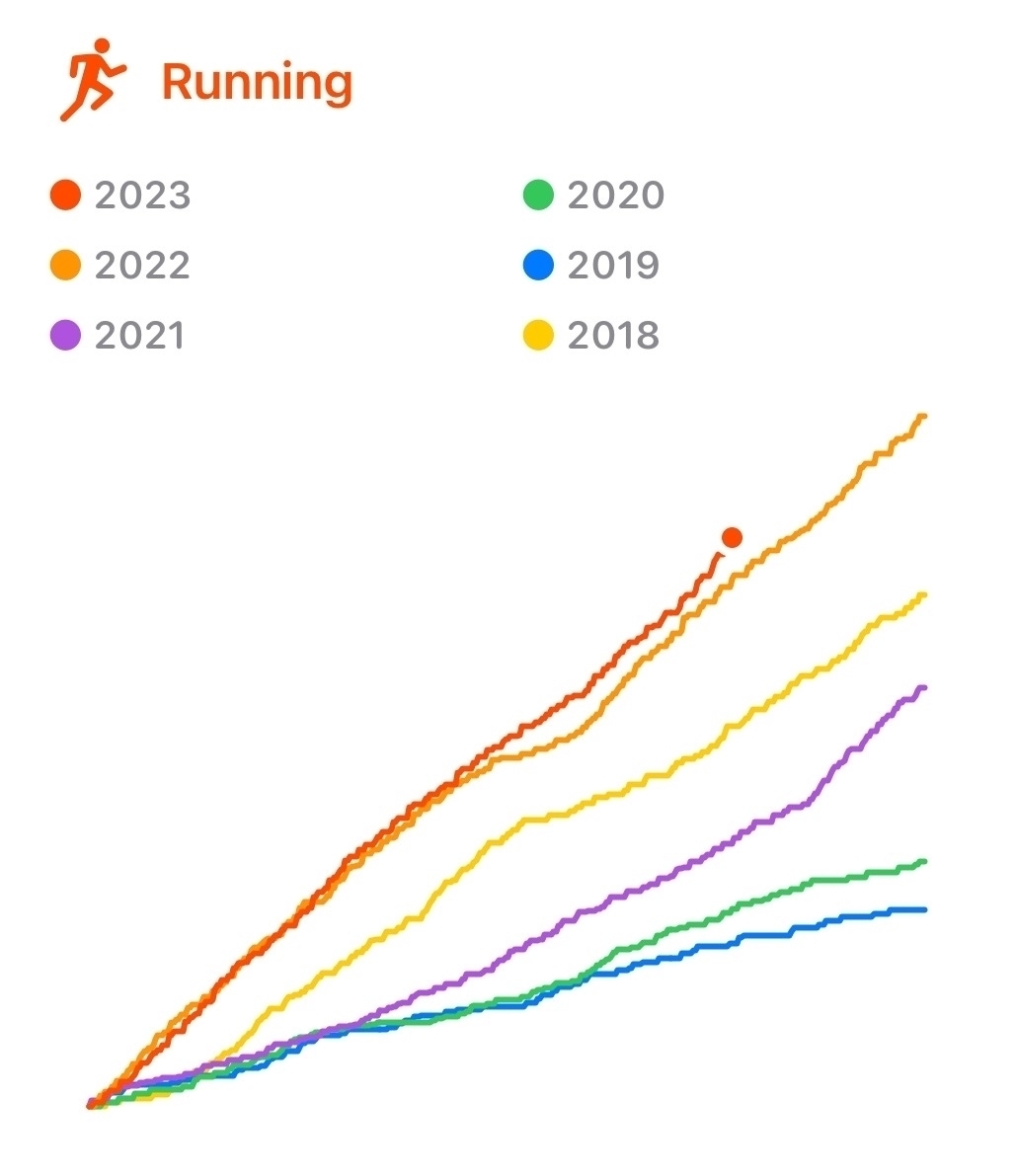
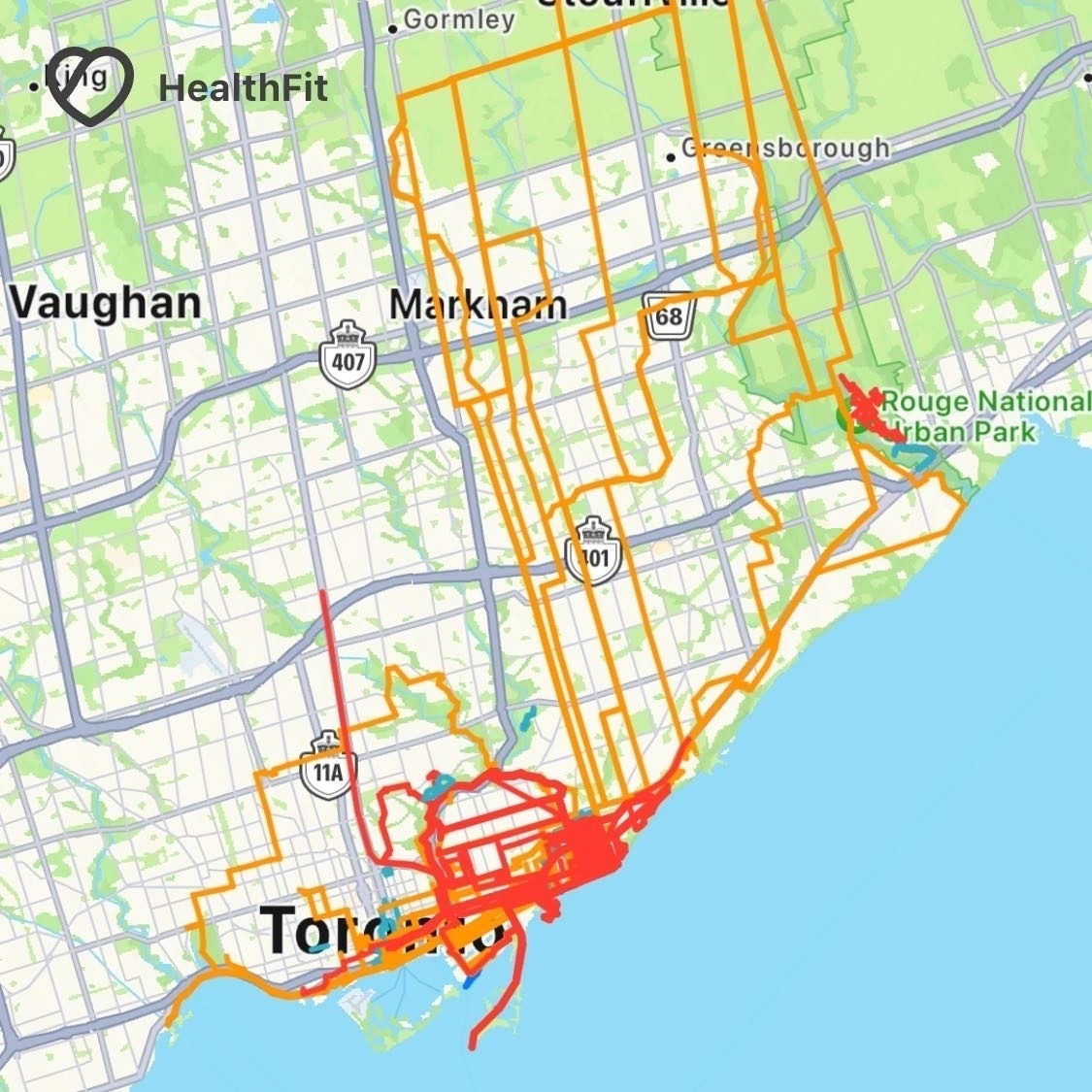
That’s currently it for the portfolio. Being able to consolidate all of my data into Apple Health really frees me up to try new apps without worrying about data lock in. Despite this freedom, I’m comfortable with the current set and don’t plan to switch things up anytime soon.
🏃♂️ Starting to see the Fall colour changes on today’s run. Powered by PUP and Rage Against the Machine
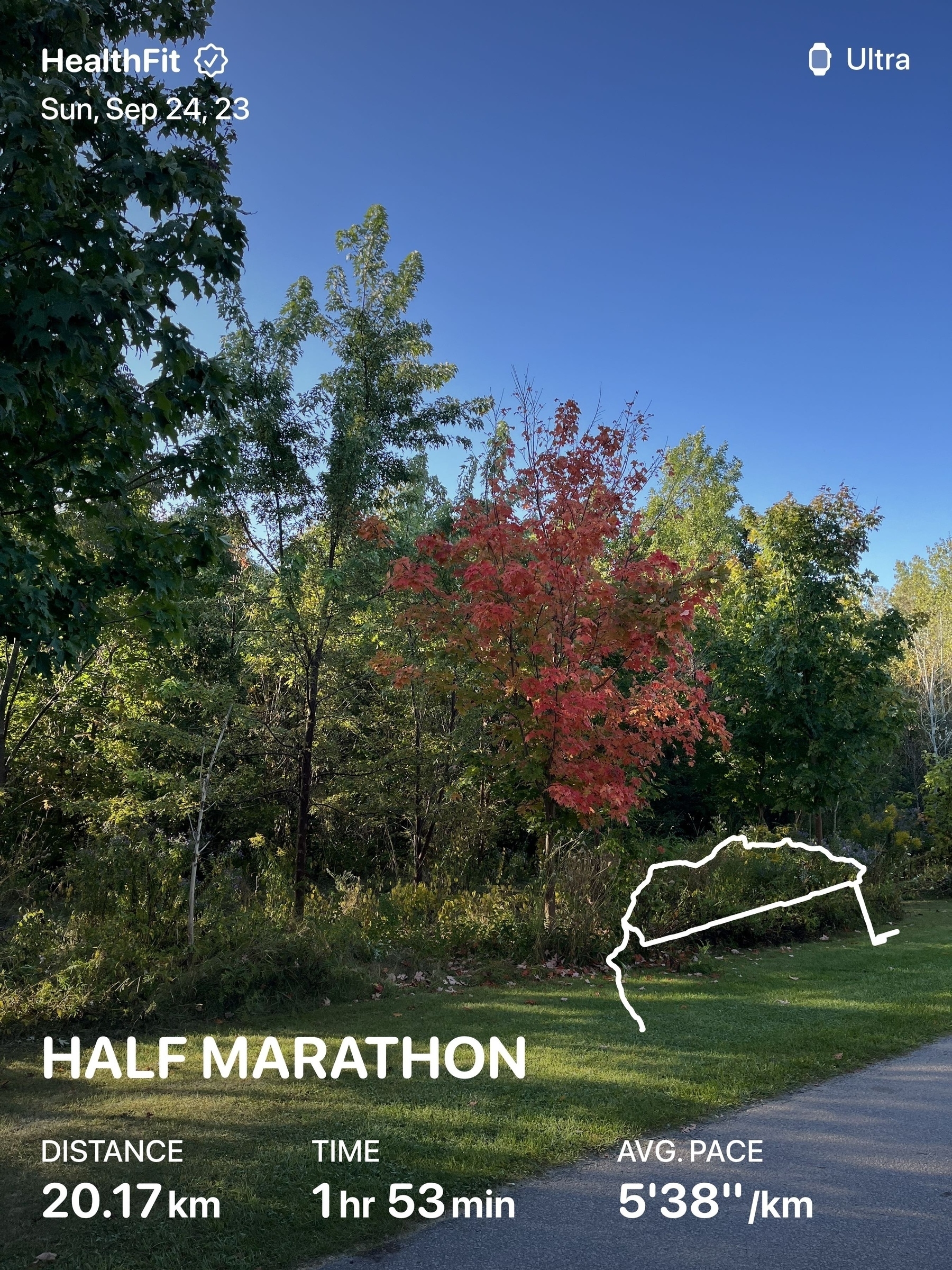
🚴♂️ Likely the last ride of the season with this crew. Getting too dark! Unfortunately we had to end early, thanks to a flat tire.
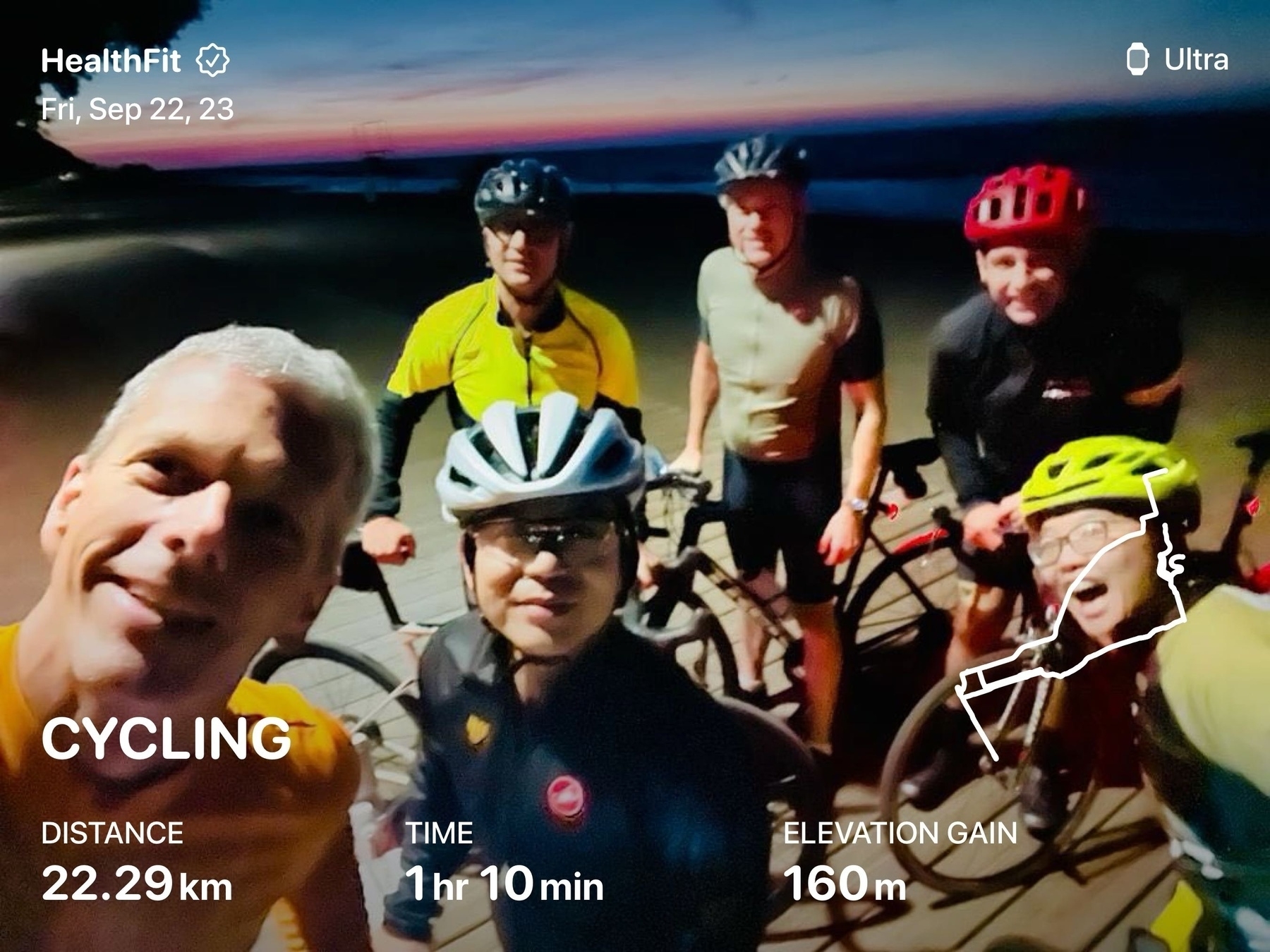
GPS Watch? No Thanks. Top Runners Are Ditching the Data.
For many, GPS watches are a remarkably useful training tool. But there are other runners, including world-class runners like Jacobs, who have a hard time understanding the fuss. To them, a smorgasbord of data is more hindrance than help. And get this: Some runners don’t wear watches at all.
I’m sympathetic to this idea. In general, I’m trying to stop obsessing over my health and fitness data (tough for this data analyst to do). That said, I’m far from an elite runner. So, I don’t have enough body awareness to intuitively know my pace zones and find realtime data on my performance helpful for making sure my runs are effective.
Perhaps more importantly, my watch is also my source of music and a way to keep my family updated when I’m out on a long run.
I don’t expect to be running out the door without my watch anytime soon.
🏃♂️ Today’s run was an endurance run with a progressive fast finish. I tried breathing through my nose for the first hour to keep things slow.
Powered by Billy Talent and Beastie Boys

Found another long run loop 🏃♂️

Huntsville 70.3 Ironman notes 🏊♂️🚴♂️🏃♂️
After a few weeks of recovery, here are a few notes on the Huntsville 70.3 Ironman.
The short version (given there’s lots of details below) is that the course was fantastic, though very hilly, and I managed to shave 15 minutes from my last 70.3.
Pre-race
No surprises here. There were scheduled times for registration and all we needed was the receipt from our online payment. With that, they handed over a wristband, timing chip, stickers for my bike and helmet, a hot-pink swim cap for my age group, t-shirt, and a morning gear bag for transferring clothing from the swim start to the run finish.
Next up was dropping my bike off at the transition. There were two stickers for the bike, both of which had my bib number on them and matched the number on my wristband. Staff at the transition entrance used these to make sure the bike belonged to me, before letting me in. Then I tracked down my transition spot, which was nicely equidistant from the swim, bike, and run entrances.
That was it for the Saturday events, other than eating some tasty Thai food and getting a good night’s sleep. Sunday (race day) started early, so that I could set up my transition area by 6:30. I took about 10 minutes to get everything organized and visualize how I’d move through the zone.
Swim
We were organized into age groups for the swim start. As one of the older groups, we started 20 minutes after the first wave. We waded into the lake and floated around the start line, until they announced our group and we started swimming.
The water was a nice, cool temperature and I felt good throughout. The last third of the swim was in the river between Fairy Lake and Lake Vernon. So, we got pretty crowded and had to manage a fair bit of contact.
In previous triathlons, I’ve had trouble with dizziness when getting out of the water. This time I increased my rate of kicking for the last five minutes or so to get the blood moving around again. This seemed to really help and I had no issues with being light headed this time.
The swim ended with a long 500m run along pavement into the transition zone. During this, I was able to wiggle out of the top half of my wetsuit, in preparation for the rest of the transition. Once I was at my transition spot, I pulled off the wetsuit and quickly consumed one caffeinated gel. Then helmet and bike shoes on, and grabbed the bike to run out to the bike mount line.
Bike
There was light rain during the swim which left the start of the bike course a bit wet and slippery. After a kilometre or so, that dried off and the bike course was gorgeous with lots of hills through the Canadian Shield. By the end, we’d accumulated 1,100 m of elevation and it was important to manage the effort and not burn out. I stuck with a heart rate target of 155 for most of the course with a few exceptions for the bigger hills. That left me with lots of energy for the run after about 2 hours and 50 minutes of riding.
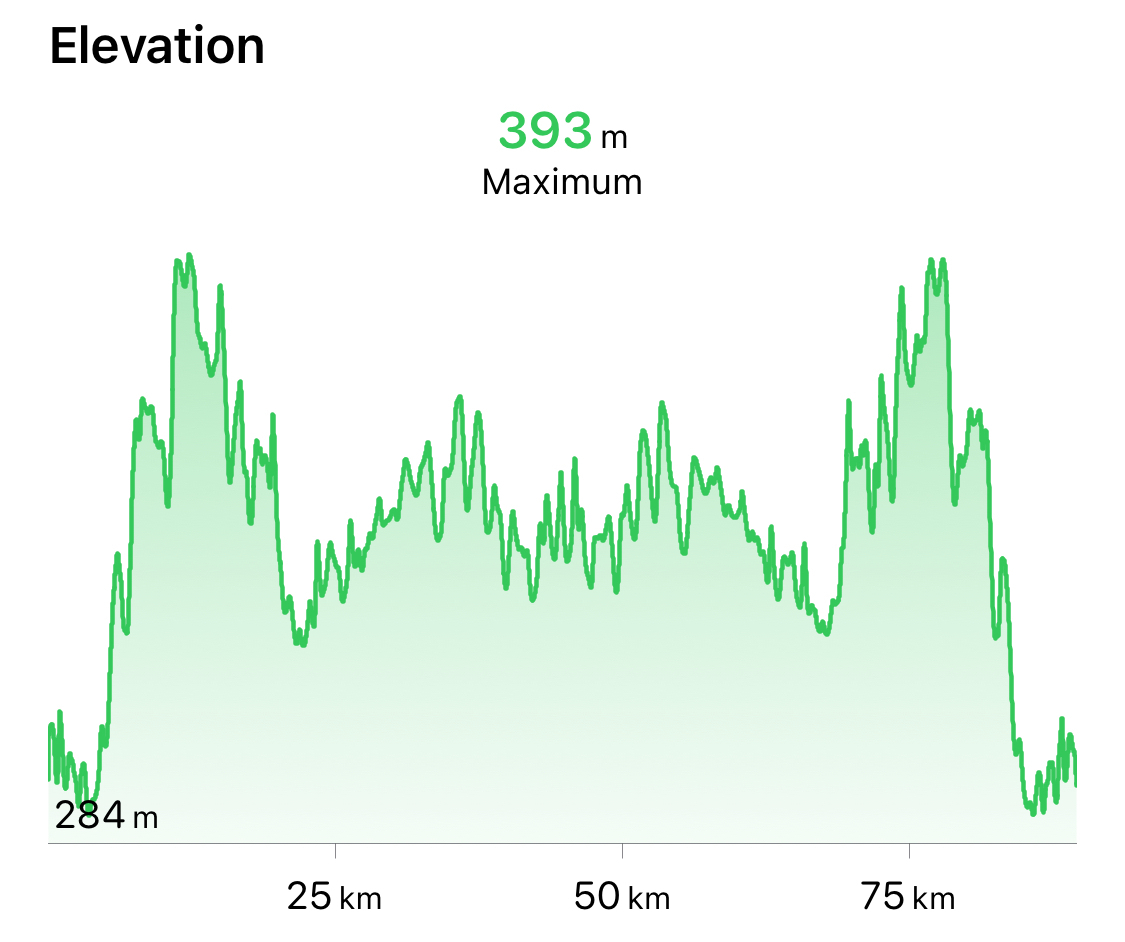
I had a 750mL bottle of electrolytes and 500mL bottle of water on the bike that I consumed throughout, along with a Cliff bar and two energy gels.
The bike course was open to traffic, so we had a few cars to contend with. But, they were very careful and I didn’t see any issues.
Run
T2 was straightforward. I racked my bike, took off my helmet, and switched to running shoes and a hat. One more caffeinated gel and off I went.
My plan was to maintain a 5:30 minutes/km pace for the run with an emphasis on keeping it slow after the bike transition. I immediately had to slow down even more though, as the course starts off with a really steep uphill.

This was followed by a steady uphill from about km 5 to 10 with a big downhill and then back up again on one very steep hill. I came close to walking on this one, but managed to keep a slow pace all the way up.
In Tremblant, I intentionally walked through each aid station on the run. This time I ran through each with one water doused onto my head and one Gatorade to drink.
I’d planned for two gels on the run: the first around km 8 and second around km 14. Somehow I managed to loose one though. As a result, I came very close to hitting the wall on the last 3 km of the run. After a real struggle through km 18, I was able to pull it back together well enough to finish in 1h58m.
Post-race
I’m happy to have improved my time from the Tremblant 70.3. I was in the top third for my age group and top quarter overall. So, well within my top half goal. More importantly though, I was able to enjoy the experience (excluding km 18 of the run).
Just one lesson learned: pack an extra gel or two. They don’t take up much space and the consequences of insufficient fuel are significant.
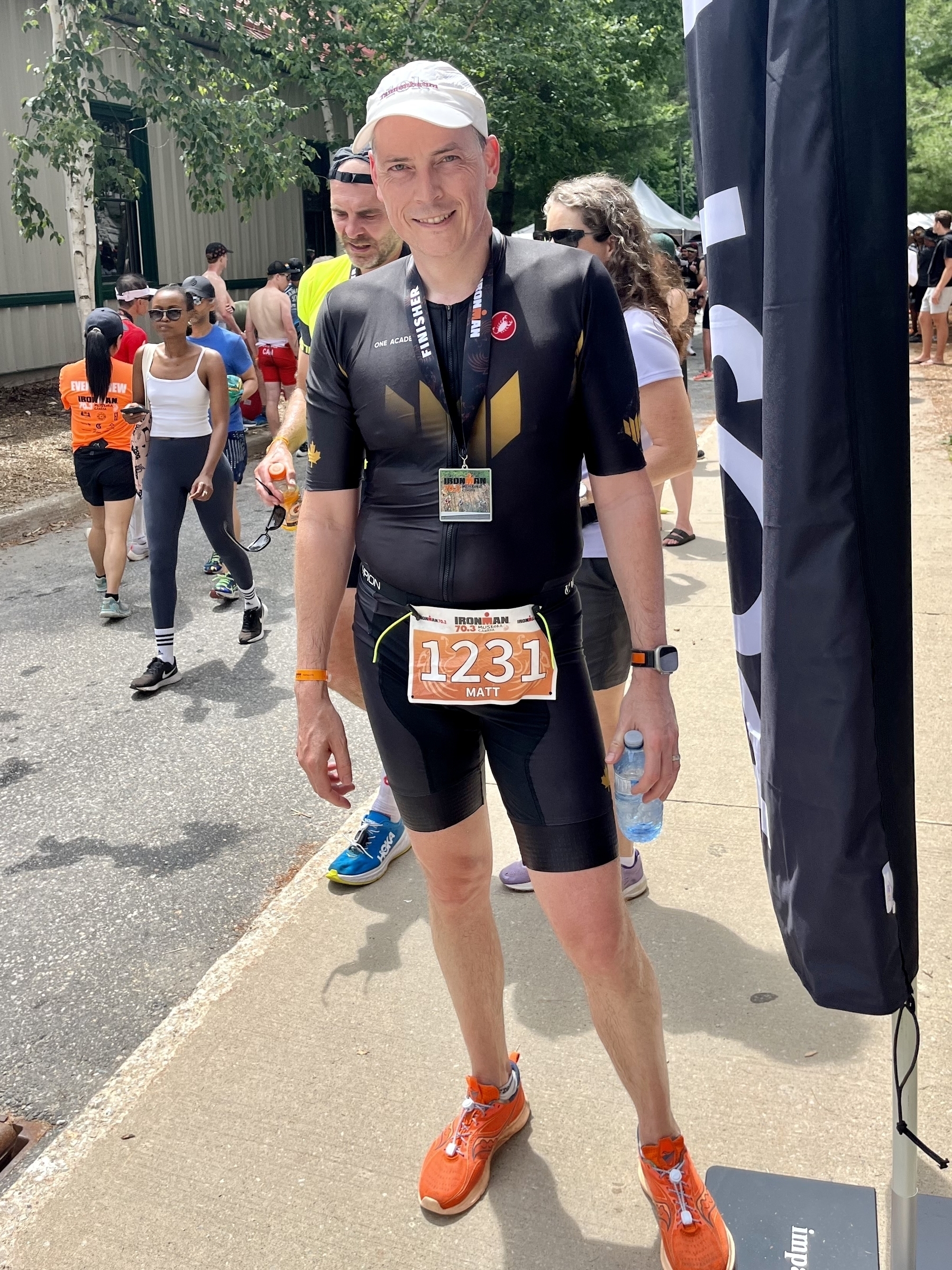
Here we go again 🏊♂️🚴♂️🏃♂️

🏃♂️ Today’s run had no distance or pace goal. A run with no plan is usually a bad idea. This one ended up being longer than it likely should have been
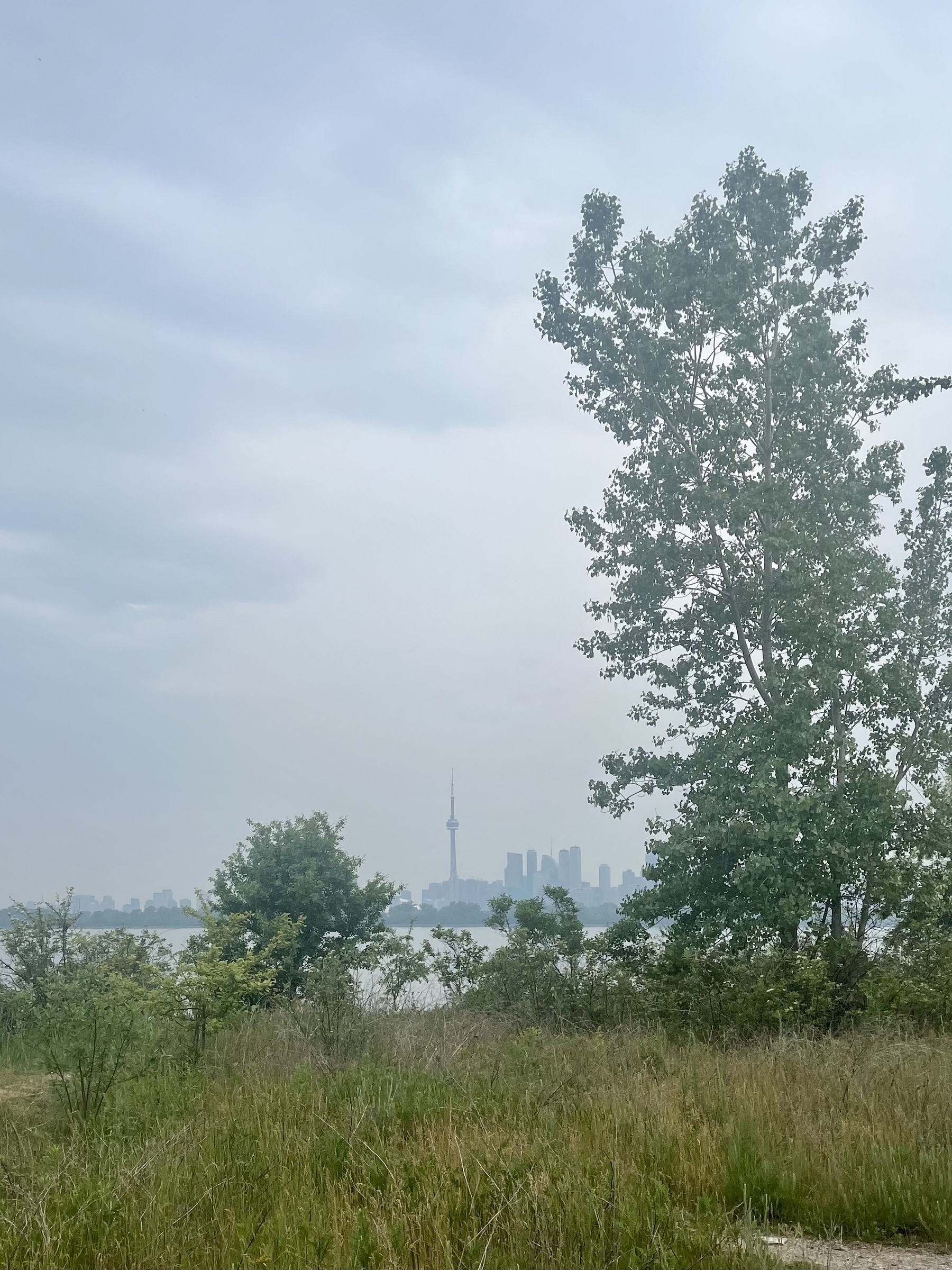
Milton Sprint Triathlon 🏊♂️🚴♂️🏃♂️
That was fun! Really well organized, friendly racers, and great weather. There were 466 racers, though other than the parking lot, it didn’t seem crowded.
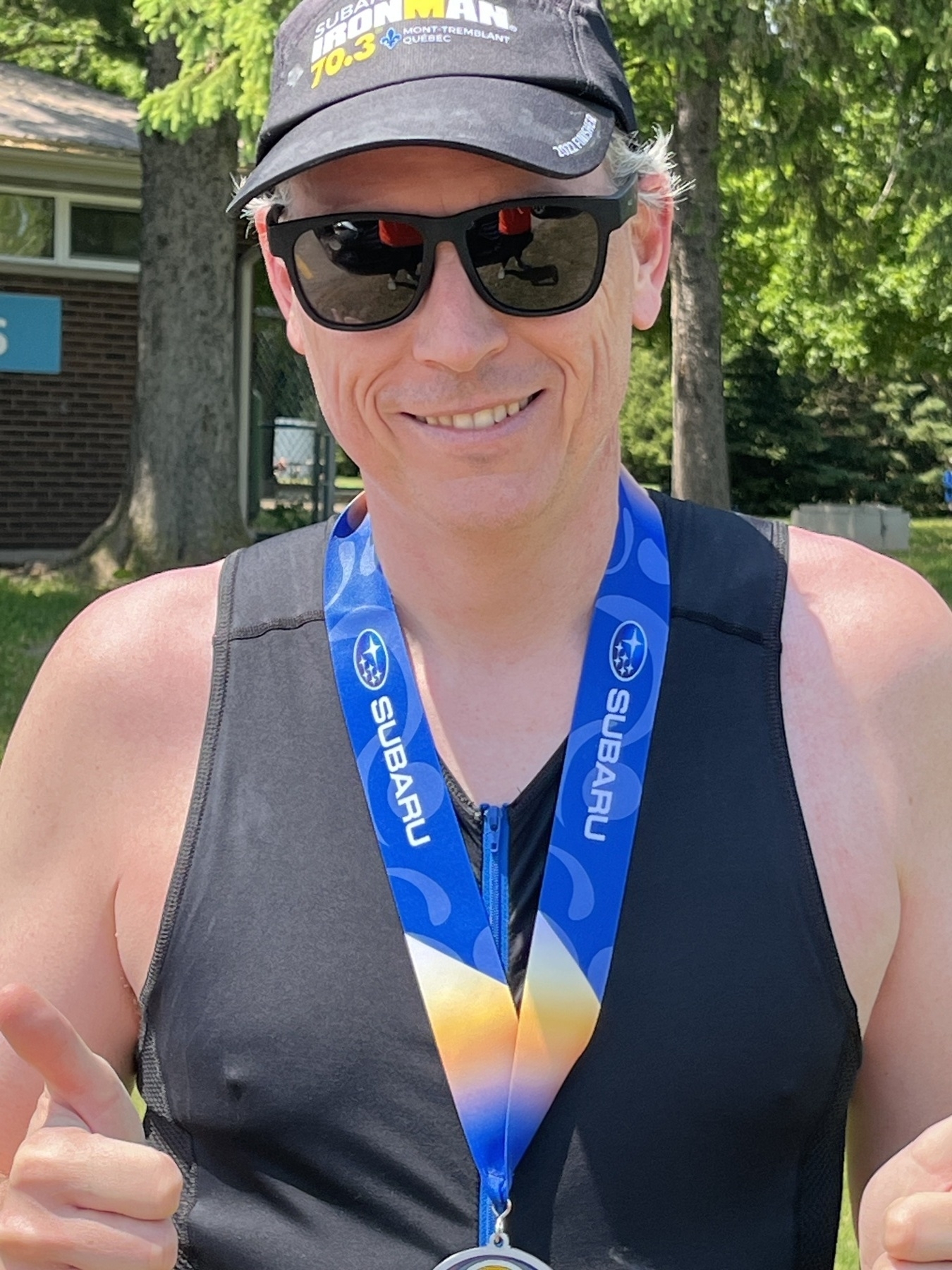
Swim
Mass start by age group for the swim. Temperature was quite nice. Other than an elbow to the nose coming around the last buoy, a pleasant swim 😀.
Bike
The course confronts you almost right away with a steep 320m climb up the escarpment that really tests the legs. After that, some nice rolling hills, until you come back down the escarpment, hanging on for dear life, as you hit about 70 km/hr. Terrifying and exhilarating end to the ride.
Run
Mostly in wooded trails which is nice. Though still has some hills. Since it is only 7K, you can push it, if anything is left in the legs from the bike.
Transitions
These didn’t go very well. I was rather dizzy coming out of the swim and struggled with balance while getting the bike shoes on in T1. This has happened before and is something I should be training for. So, 3:21 on this one.
Then 2:09 at T2 while I fiddled with my shoe laces. I really should have switched these to elastics. Just didn’t get around to it.
Nutrition
I kept is simple: one caffeinated gel at each of the two transitions and a Nuun in the water bottle for my bike.
Apple Watch
This was my first event with the Apple Watch Ultra. Battery life (the main reason I got one) was excellent. I was at about 90% charge the night before, wore it to track sleeping, and then got to the end of race day around 9pm with close to 60% charge.
I also really liked the Triathlon workout in the Multisport category. The automatic transitions worked really well, marking when I started and stopped each component of the race. So, all I had to do was hit the action button at the start of the swim to start the workout tracking and then stop the workout at the end of the run. Everything else worked automatically. Nice to not have to worry about fiddling with the watch at each transition.
🥱 This justifies a nap

🏃♂️Nice zone 2 run with some pickups
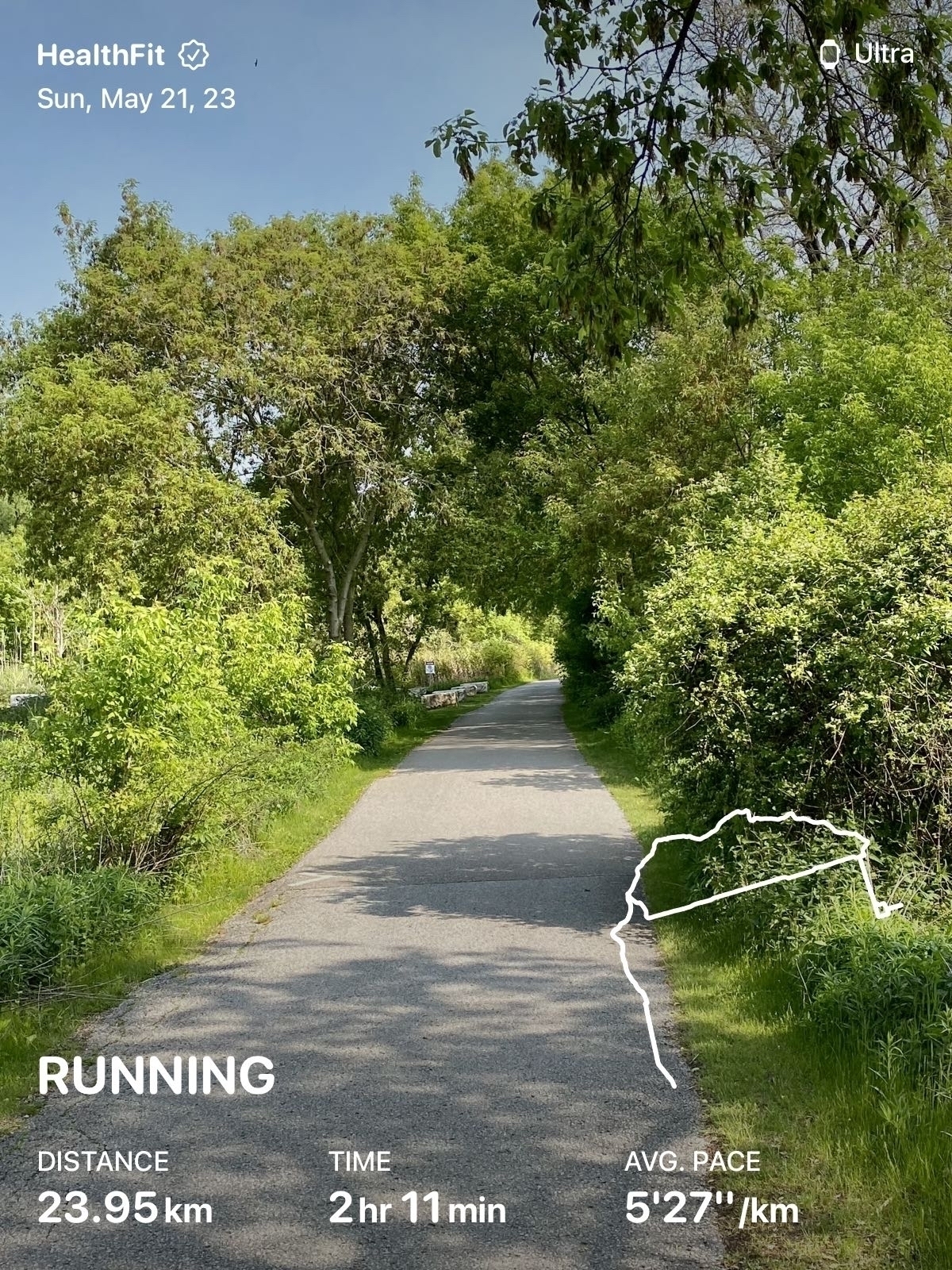
🏃♂️ Good trail on today’s long run. Fun to slog through mud on occasion
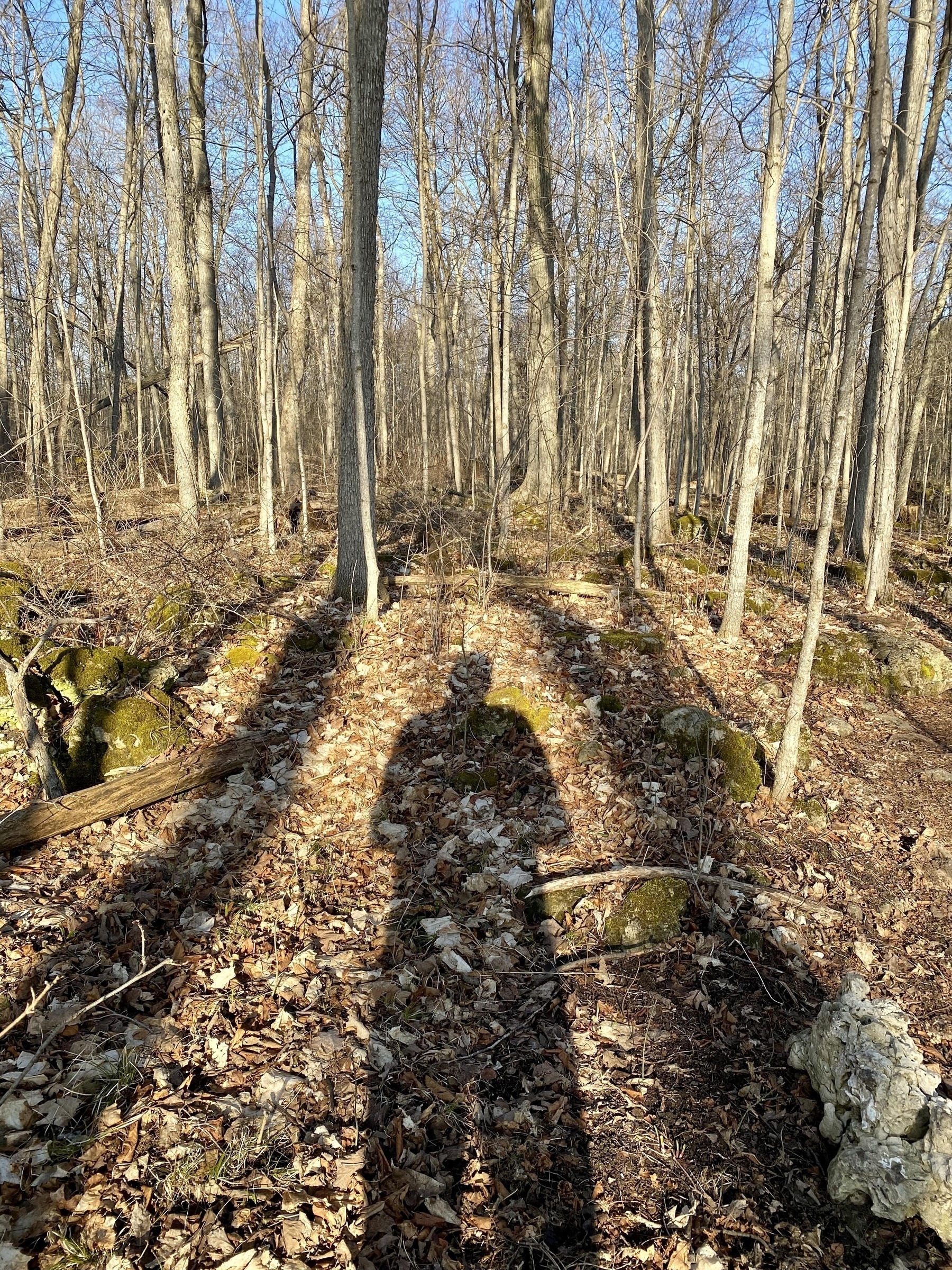
The whimsy of Zwift distracts from the difficulty 🚴♂️
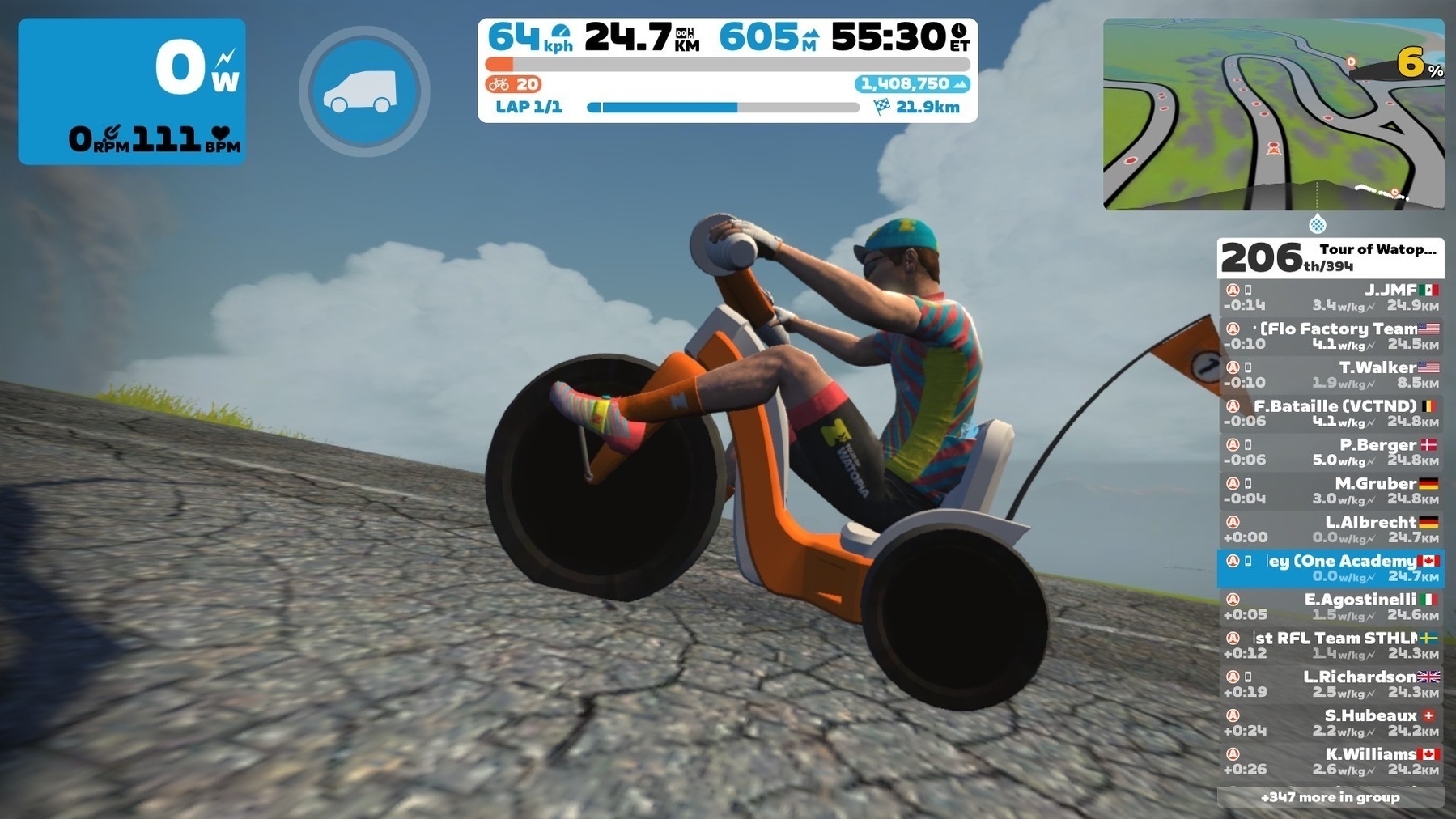
🏊♂️🚴♂️🏃♂️ I’ve cancelled my Strava subscription. This isn’t directly caused by the price increase (though a 100% increase is big!), rather this was a good reason to reconsider the service. Most of the Strava features that I’ve found useful (detailed analytics for the most part) I can also get from the built-in Apple Fitness metrics, augmented by the HealthFit app. So, I’m not seeing the value in keeping the subscription. I’ll keep using the app, though, since I do appreciate the social aspects of the service.

